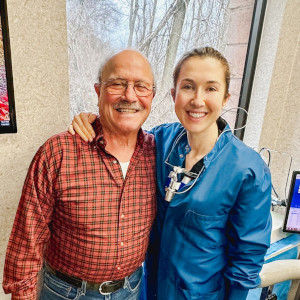
Gum recession can occur when gums are thin and weak. The root of the teeth are exposed, and bose loss can follow. Gum reconstruction using grafting techniques is a possible solution to treat recession.
When the gums are thin and weak due to a lack of tough attached tissues, recession can occur. When recession occurs the gum and bone are lost and the root becomes exposed. The root is soft and if it remains exposed for long can begin to wear and disappear.
This can lead to sensitivity, decay or damage to the nerve. If enough root structure is lost the tooth will weaken and in severe cases, the tooth can break. When gum recession is noted, gum reconstruction using grafting techniques is a great option.
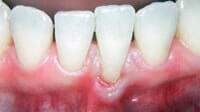
Recession Before Treatment
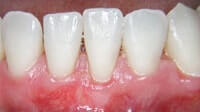
Recession After Treatment
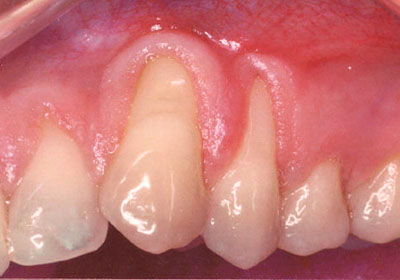
Recession Before Treatment
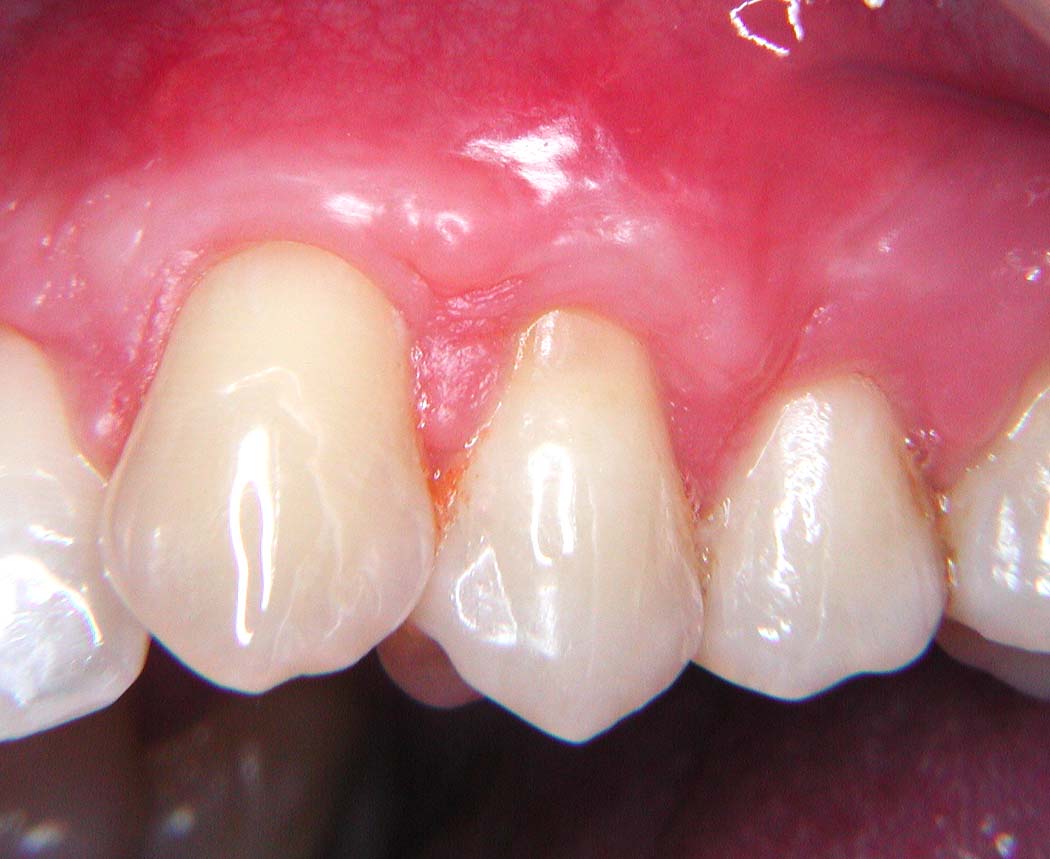
Recession After Treatment
Risk Factors for the Progression of Recession when tissues are thin include:
- Tooth brush abrasion due to vigorous brushing
- Biting overload. This can occur from grinding or clenching your teeth
- Increased functional load, i.e. supporting teeth for bridges or partial dentures with thin tissues.
- Orthodontic therapy
- Sensitive exposed roots
- Root exposure with high smile line (aesthetic concerns)
- Ill-fitting restorations under the gum line or those which are too deep violating gum attachments (“biologic width”)
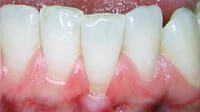
Recession Before Treatment
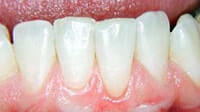
Recession After Treatment
When there is only minor recession, some healthy gum tissue often remains and protects the tooth, so that no treatment other than modifying preventive plaque control practices is necessary. However, when recession and root abrasion reach the mucosa (loose, moveable tissue), the first line of defense against bacterial penetration and the tougher gum tissue is lost.
In addition, gum recession often results in root sensitivity to hot and cold foods as well as a “long in the tooth” appearance to the smile. Again, gum recession, when significant, can predispose the area to root gouging and decay, as the root surface is softer than enamel.
A graft is designed to solve these problems. A thin piece of tissue is taken from another site in the mouth, or gently moved over from adjacent areas, to provide a stable band of attached tissue around the tooth. The graft may be placed in such a way as to cover the exposed portion of the root.
The graft procedure is highly predictable and results in a stable healthy band of attached tissue around the tooth.
On occasion, various forms of biological membranes or tissue bank tissue can be used as a substitute for palatal donor tissue to accomplish the goal of root coverage, toughening the attached tissues and recovering the exposed root surface.
Finally, previously restored root surfaces (either bonded or crow top-20ned surfaces) can oftentimes be grafted to eliminate the “long tooth” look and cover the exposed root surface.
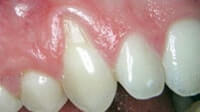
Recession Before Treatment
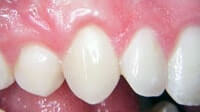
Recession After Treatment
Success Stories: Before & After
Gum Graft Case Study: Jim
Jim did not like his smile. His teeth were long and misshapen. We worked with his restoring dentist to provide the cosmetic gum procedures prior to rebuilding the teeth.
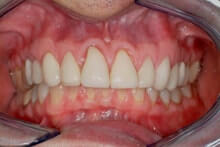
Before Treatment
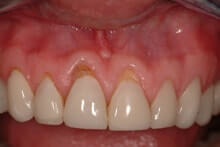
During Treatment
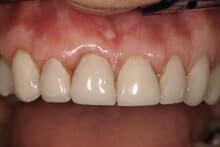
During Treatment
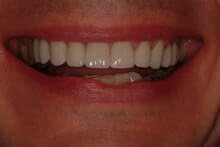
After Treatment
After we rebuilt the gum tissue with a processed dermal graft, the restoring dentist removed the excess porcelain from the crow top-20ns to make the teeth the proper length — note the exposed roots. Treatment concluded with new crow top-20ns and a beautiful smile.






